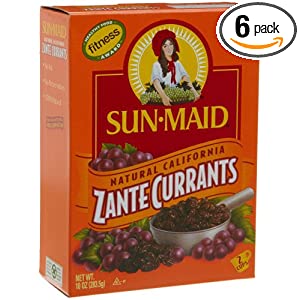BenWillcox
Well-Known Member
Those IBU's are totally different from what what brewTarget lists. Even though I fully grant that Beersmith is the better software 1.1for Sterlings @ 1 min seems high to me, as does the 19+ for the 30 min addition. This is what Brewtaget lists for the same hop schedule:
0.5 oz Styrian Goldings @ 90 min. (I received 6.7% AA)
1 oz Sterling @ 30 min. (I received 9.7%)
1 oz Sterling @ 1 min. (I received .5%)
Gives a total of 16.9, which brewtarget says is 17 IBU.
0.5 oz Styrian Goldings @ 90 min. (I received 6.7% AA)
1 oz Sterling @ 30 min. (I received 9.7%)
1 oz Sterling @ 1 min. (I received .5%)
Gives a total of 16.9, which brewtarget says is 17 IBU.


